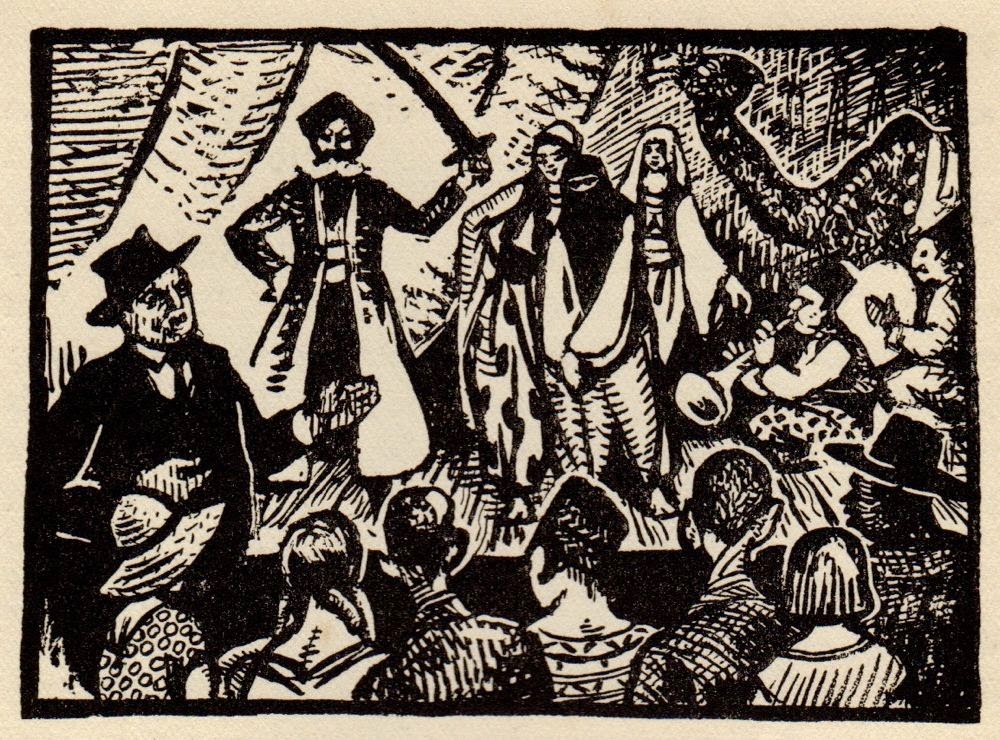Jan and Cora Gordon: Richard Perry and the YMCA during WW1

Earlier this year ( April 21st ) I wrote on a 1935 book dedication by Jan and Cora Gordon to Richard and Charlotte Perry, two friends living in Connecticut, USA. Richard and Charlotte had hosted the Gordons in 1927, at the start of the journey recorded in " On Wandering Wheels ." The Gordons had arrived in New York on the "American Merchant", May 10th 1927. The Perrys lived in Southport, named "Easyport" in the book. The Gordons were enchanted: " Set on the lawns were the white painted wooden mansions with their tall Corinthian pillars of wood, deceptive pillars giving such an air of massive dignity that it was a shock to pass under a house under repair and to note how the carpenter, wishing to replace some mouldered pediments, had calmly removed them bodily, leaving the huge fluted columns suspended from the cornice ." - and writing of restoration, here is the Perry house today. "Easyport", as Southport is known in " On ...












